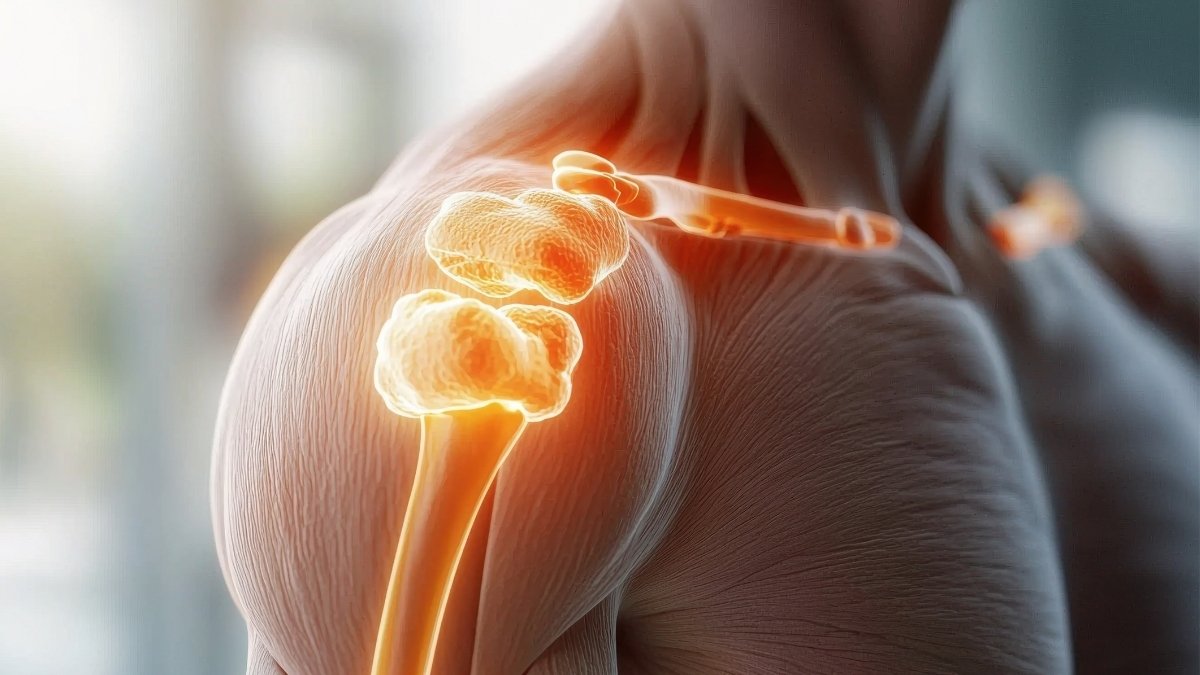They Said The Perfect Joint Supplement Didn’t Exist, Until We Discovered THIS (Do not Waste your Money)
If you’ve been cycling through supplement bottles like a pharmacy clearance sale, desperately hoping something—anything—will ease your aching knees, you’re not alone.
The $3.5 billion global joint supplement industry thrives on confusion, with roughly 90% of products either underdosed or flat-out ineffective at reducing joint inflammation.
But 2025 brings a game-changer: new clinical studies have separated real relief from marketing smoke.
This guide cuts through the noise to reveal the best joint supplements for pain relief—backed by peer-reviewed research, not testimonials from “Carol in Florida.” You’ll discover exactly which supplements work, proper dosing, and realistic timelines. No hype. Just science-backed solutions for joints that actually feel better.
Joint Supplement Timeline
What to Expect: A Week-by-Week Guide
What Makes a Joint Supplement Actually Work?
Your knees hurt when you climb stairs. Your hands ache when you open jars. You’ve seen joint supplements at the store, but half of them probably don’t work.
Here’s what separates the good ones from the garbage.
The Dose Actually Matters
Most joint supplements fail because they don’t use enough of the active ingredient. You need 1,500mg of glucosamine to see results. You need 500mg of turmeric. Anything less is just expensive dust in a bottle.
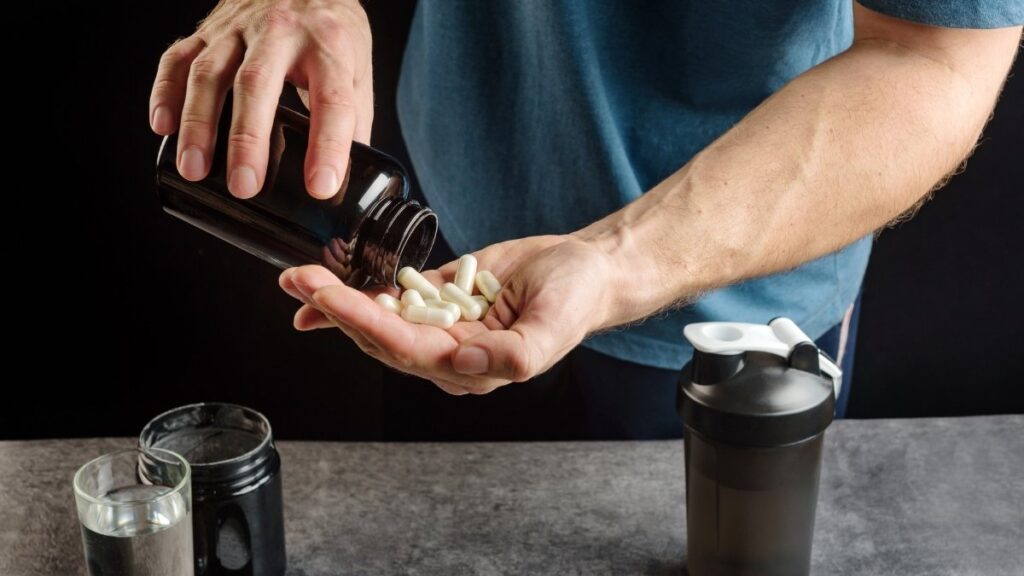
Think of it like taking half an aspirin for a headache. It won’t work, but you’ll blame the aspirin instead of the dose.
Why this matters: Companies can legally put tiny amounts of ingredients in their products and still list them on the label. You’re paying for supplements that can’t possibly help you.
Look for Third-Party Testing
The FDA doesn’t check supplements before they hit store shelves. That’s why you need third-party testing from USP, NSF, or ConsumerLab. These groups actually test what’s in the bottle.

Without these certifications, you’re trusting the company to be honest. Some aren’t.
What this means for you: A seal from one of these testing groups proves the supplement contains what it claims. No seal? You’re gambling with your money.
Your Body Can’t Use Some Ingredients Without Help
Turmeric is powerful stuff. But your body absorbs almost none of it when you take it alone. You need black pepper extract (called piperine or BioPerine) to increase absorption. Without it, most of the turmeric passes right through you.

This is called bioavailability. It’s a fancy word for “can your body actually use this?”
The practical take: Check the label for absorption enhancers. Turmeric should come with black pepper. Collagen works better with vitamin C. These combinations aren’t accidents—they’re chemistry.
Combination Formulas Often Work Better
Your joints need multiple nutrients to stay healthy. Cartilage uses different building blocks than joint fluid. That’s why taking glucosamine plus chondroitin works better than either one alone.

Most people see better results from formulas that combine ingredients. It’s like fixing a car—sometimes you need more than one part.
Keep in mind: This doesn’t mean “more is always better.” Good combination formulas use clinical doses of each ingredient. Bad ones throw in tiny amounts of 20 different things and hope you don’t notice.
You Need Patience
Nothing works overnight. Most joint supplements need 4-8 weeks before you feel any difference. Some take up to 12 weeks.
This is hard to accept when your knees hurt right now. But rebuilding cartilage and reducing inflammation takes time. Your body didn’t break down overnight. It won’t heal that fast either.
Set realistic expectations: Mark your calendar for 8 weeks from when you start. Don’t judge the supplement before then. If you quit after two weeks, you’ll never know if it would have worked.
Skip the Proprietary Blends
Some labels say “Proprietary Joint Complex: 1,000mg” without telling you how much of each ingredient is inside. This is a red flag. Companies hide behind proprietary blends when they’re using too little of expensive ingredients.
If they won’t tell you exactly what you’re getting, don’t buy it.
Why companies do this: They can claim their product contains glucosamine, chondroitin, and turmeric. But the blend might be 990mg of cheap filler and 10mg total of the good stuff. You have no way to know.
The Money Factor
The global market for glucosamine and chondroitin will hit $3.5 billion by 2025. That’s a lot of money. And where there’s money, there are companies trying to cut corners.
This isn’t about being cynical. It’s about being smart with your cash.
Bottom line: Quality supplements cost more because quality ingredients cost more. If a bottle seems too cheap compared to others, there’s probably a reason. Check the doses, check the testing, and do the math on what you’re actually getting per serving.
The 15 Best Joint Supplements Backed by Science
Let’s cut through the noise. These supplements have real research behind them. We ranked them by how strong the evidence is, how safe they are, and whether people actually get results.
Each one has been studied in peer-reviewed research. Not marketing fluff—actual science.
1. Glucosamine Sulfate
This is the most studied joint supplement on the planet.
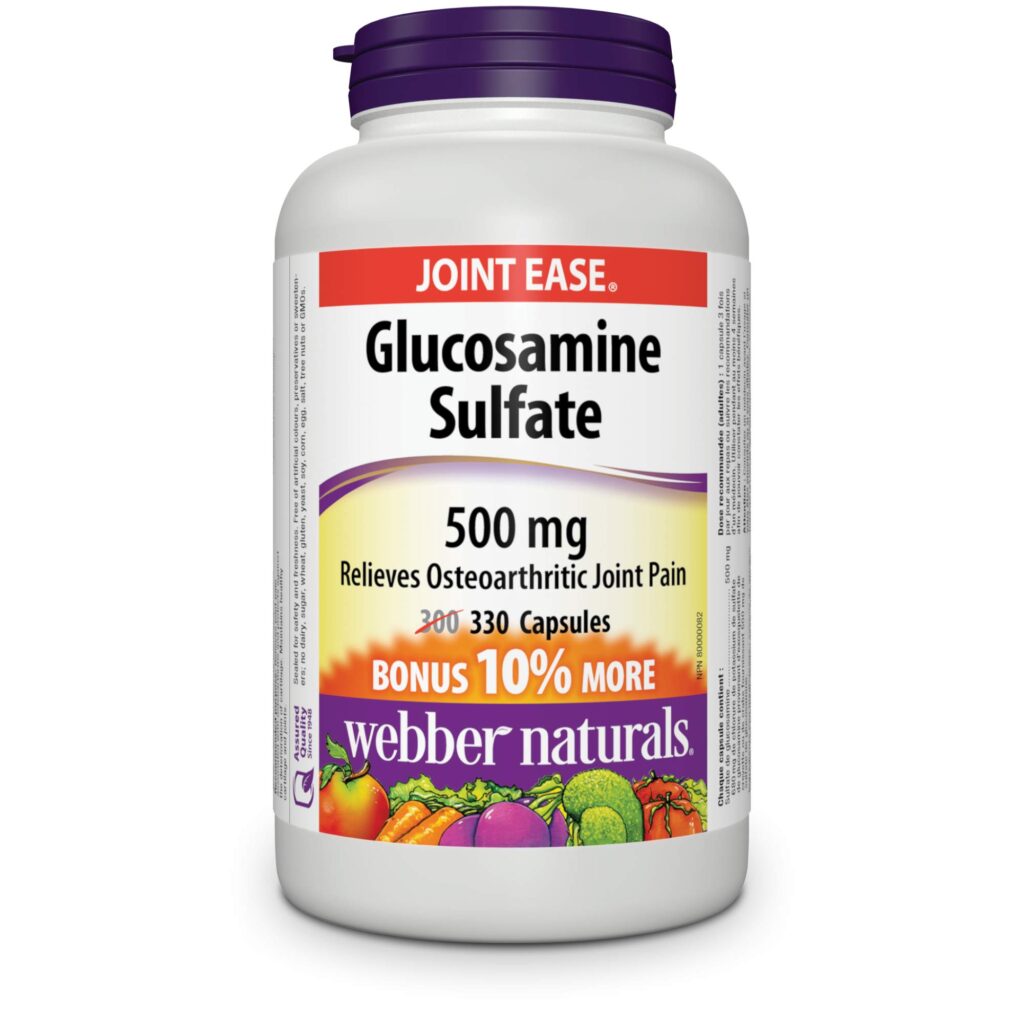
Glucosamine is a natural part of your cartilage. It’s the cushion that keeps your bones from grinding against each other. As you age, your body makes less of it. Taking it as a supplement helps rebuild what you’ve lost.
You need 1,500mg daily to see results. Anything less won’t work. Studies show it helps most with knee osteoarthritis, especially if you catch it early. It builds tendons, ligaments, cartilage, and the fluid inside your joints.
The research is mixed. Some studies show solid benefits. Others show only modest improvements. But when it works, it can reduce pain and slow down how fast your joints break down. It works even better when you combine it with chondroitin.
Wait for it: You need 8-12 weeks to feel the full effect. This isn’t a painkiller. It’s rebuilding tissue.
Who Should Take It
People with early-stage osteoarthritis. Athletes who want to protect their joints before problems start. Anyone with knee pain who wants to slow down joint damage.
Safety Stuff You Need to Know
If you have diabetes, glucosamine might affect your blood sugar. Check with your doctor first. If you’re allergic to shellfish, choose plant-based glucosamine instead. Most glucosamine comes from shellfish shells, which can trigger allergies.
Watch out for: Blood sugar changes if you’re diabetic. Start with a lower dose and monitor how you feel.
What to Buy
Elm & Rye Glucosamine stands out because it’s exceptionally pure, uses clinical dosing, and has third-party testing. You know exactly what you’re getting.
Why glucosamine sulfate and not hydrochloride: The sulfate form has better research behind it. The sulfur might provide extra benefits for joint health. Stick with sulfate when possible.
2. Turmeric (Curcumin)
That yellow spice in curry? It’s a powerful anti-inflammatory.
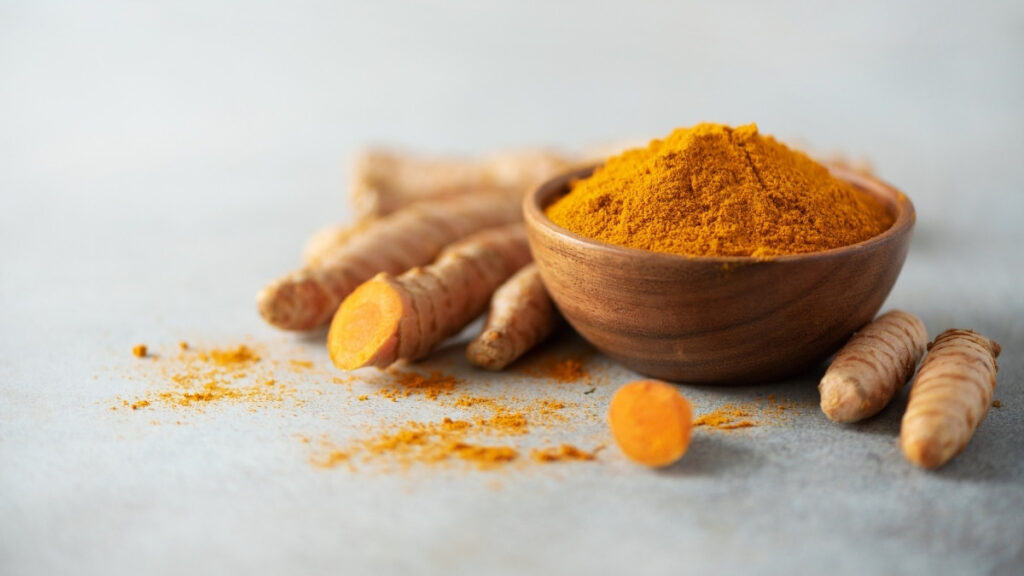
The active compound is called curcumin. Studies show it reduces pain in five different types of arthritis, including rheumatoid arthritis and osteoarthritis. One study looked at knee osteoarthritis specifically and found significant improvements in both pain and function.
You need between 120mg and 1,500mg daily, depending on the formulation. Higher doses aren’t always better—it depends on how well your body can absorb it.
The evidence is strong. A 2021 review looked at 10 studies and found curcumin beats placebo for knee pain. Three studies found turmeric worked as well as NSAIDs like ibuprofen—but without the stomach problems. Another analysis of 12 studies with 724 patients showed significant pain improvement.
The Absorption Problem
Here’s the catch: your body barely absorbs curcumin on its own. Most of it passes through without helping. You must pair it with black pepper extract (piperine) or use a liposomal formula. Black pepper increases absorption dramatically.
Also take it with fat. A spoonful of olive oil or a fatty meal helps your body absorb more.
This is not optional. Without absorption enhancers, you’re wasting your money. Check the label before you buy.
What to Buy
Now Curcumin with BioPerine gives you 625mg of curcuminoids with 5mg of BioPerine. That’s the right ratio to actually get the turmeric into your system.
Who needs this: Anyone with inflammatory joint pain. People with arthritis who want to reduce their NSAID use. Anyone looking for a natural anti-inflammatory that actually works.
3. Omega-3 Fatty Acids (Fish Oil)
Fish oil fights inflammation from the inside out.
It contains EPA and DHA—two fatty acids your body uses to make compounds that reduce inflammation. Your joints hurt partly because of inflammatory chemicals your body produces. Omega-3s decrease the production of those chemicals.
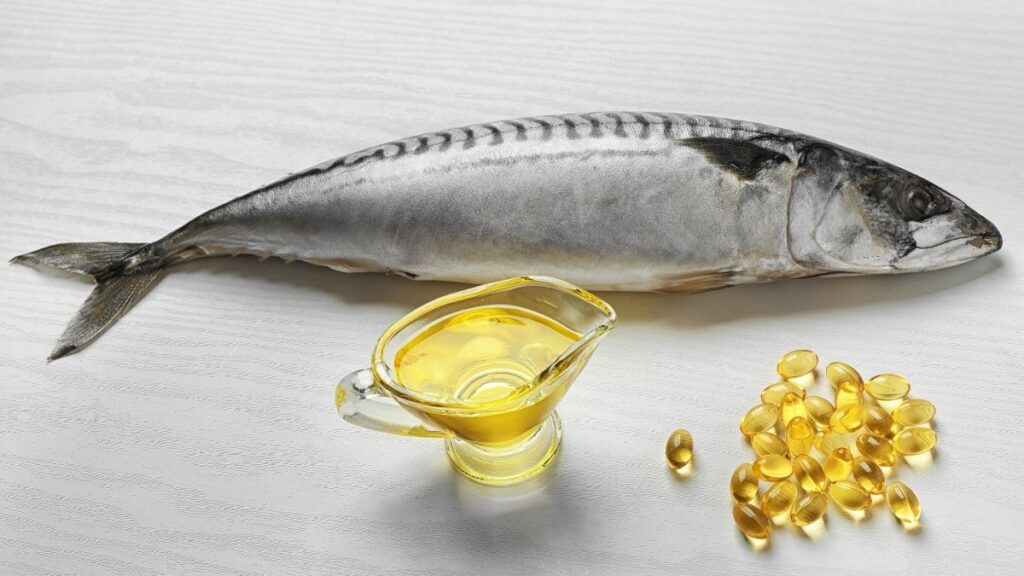
A 2020 study found fish oil significantly reduces osteoarthritis-specific pain. A 4-month randomized study showed reduced pain and improved overall well-being. After three months, people saw better scores on the WOMAC scale, which measures pain, stiffness, and physical function.
This works for both osteoarthritis and rheumatoid arthritis. It’s one of the few supplements that helps with multiple types of joint problems.
How Much Do You Need
Look for at least 1,000mg of combined EPA and DHA per day. Not total fish oil—combined EPA and DHA. The NIH recommends 1,600mg daily for men and 1,100mg for women as a baseline.
If you have significant inflammation, you might need 2,000-3,000mg daily. Higher doses work better for inflammatory conditions, but talk to your doctor first.
Quality matters here: Choose molecularly distilled fish oil. This removes mercury and other contaminants. Cheap fish oil can have toxins you don’t want.
Safety Warning
Fish oil thins your blood. If you’re on blood thinners like warfarin, talk to your doctor before starting. The combination might make you bleed too easily.
Who benefits most: People with inflammatory joint conditions. Anyone trying to reduce inflammation throughout their body. People who don’t eat fatty fish regularly.
4. Chondroitin Sulfate
Chondroitin is another building block of cartilage.
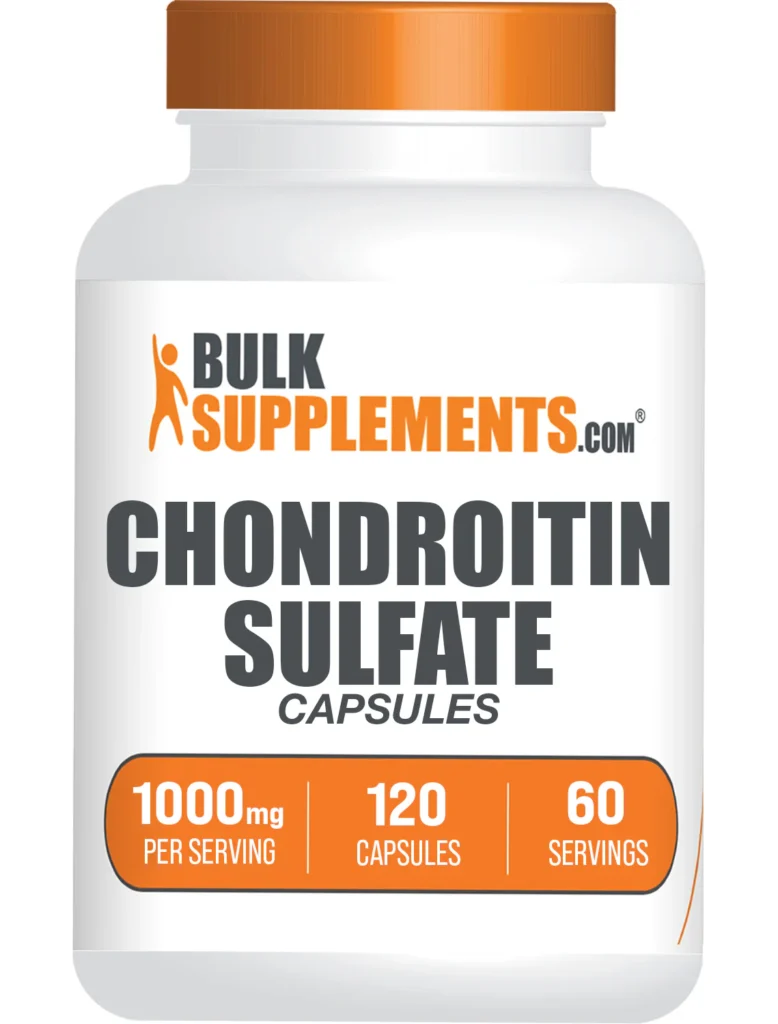
It reduces pain, stiffness, and inflammation in osteoarthritis. Some studies show it might slow down how fast your joints break down by limiting joint space narrowing. That means the gap between your bones stays wider for longer.
You need 800-1,200mg daily. You can split this into 2-3 doses throughout the day. It doesn’t have to be all at once.
Here’s the pattern: Many studies found chondroitin reduces joint pain, especially when taken with glucosamine. The two work better together than alone. Nature Made makes a formula with 800mg chondroitin sulfate plus glucosamine that shows good effectiveness in real-world use.
Patience Required
Chondroitin takes 2-3 months to work. You’re rebuilding cartilage, not masking pain. Keep taking it consistently. Don’t judge it after a few weeks.
Why it’s usually combined: Glucosamine and chondroitin rebuild different parts of your joint tissue. Using both covers more bases. Most successful studies use the combination, not just one or the other.
What to Buy
Nature Made Triple Flex combines 800mg chondroitin with 1,500mg glucosamine, plus MSM and vitamin D. It’s a solid formula with clinical doses of each ingredient.
Best for: People with osteoarthritis who want to slow joint damage. Works well as part of a long-term joint health strategy.
5. Collagen Type II (Undenatured)
Type 2 collagen is the specific type that makes up the cartilage covering your bone ends.

This is different from the collagen in your skin or the gelatin you eat. Type 2 collagen is specifically for joints. UC-II is a patented form that works at surprisingly small doses—just 40mg daily.
Studies show undenatured type II collagen reduces clinical signs of osteoarthritis and improves mobility. Research demonstrates improved overall condition with reduced limping and increased physical activity. Studies show UC-II reduces stiffness and improves how well your knee bends.
Combination therapy works: One study combined UC-II with MSM, glucosamine, and chondroitin. After just 2 months, participants reported reduced pain.
The Dose Makes the Difference
For UC-II specifically, 40mg daily is enough. That seems tiny, but it’s been proven effective. For hydrolyzed collagen (a different form), you need 1,200mg or more.
Don’t confuse these two types. UC-II works differently than hydrolyzed collagen. The undenatured form teaches your immune system to stop attacking your joint tissue. The hydrolyzed form provides building blocks.
Athletes love this one: It improves knee flexibility and helps people stay active. If you’re athletic or just want to maintain mobility, this is worth considering.
Who Should Take It
People with knee problems. Athletes and active individuals who want to protect their joints. Anyone experiencing stiffness who wants better flexibility.
Time frame: Some people notice results in as little as 4 weeks, especially when combined with Boswellia. Most see full benefits by 8-12 weeks.
6. MSM (Methylsulfonylmethane)
MSM is a natural sulfur compound your body uses to make connective tissue.
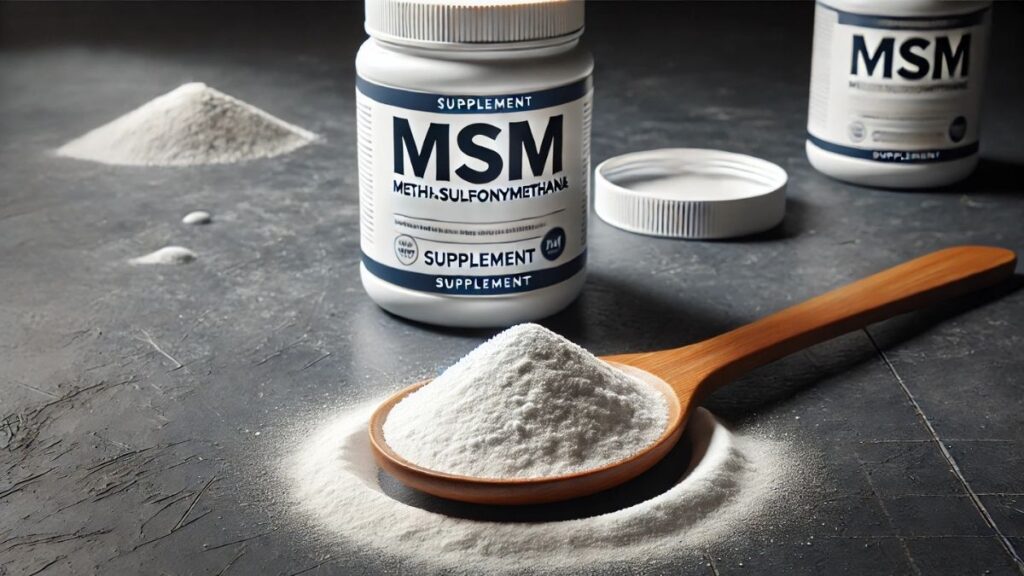
Taking 1,000-3,000mg daily may help knee osteoarthritis symptoms. It has anti-inflammatory properties and might improve both pain and physical function. Sulfur is essential for building cartilage, and many people don’t get enough from food alone.
The evidence is limited but promising. Studies show potential benefit, and it’s very safe with minimal side effects. It works especially well in combination formulas.
The Research
One study combined MSM with collagen, glucosamine, and chondroitin. The combination reduced knee pain significantly. MSM seems to boost the effectiveness of other supplements rather than working powerfully on its own.
Start low and go slow: Begin with 1,500mg daily. Increase gradually up to 6,000mg if needed. Split the dose throughout the day. This prevents stomach upset.
Best Use
MSM shines in combination formulas rather than as a standalone supplement. It supports overall connective tissue health throughout your body—not just joints. It may also help with hair, skin, and nails as a bonus.
Who needs it: People with osteoarthritis looking for comprehensive support. Anyone using multiple joint supplements who wants to enhance their effectiveness.
Side effects are rare: Some people report mild stomach upset or diarrhea at high doses. Starting low prevents this.
#7: Boswellia Serrata
This is Indian frankincense, and it contains powerful anti-inflammatory compounds called boswellic acids.
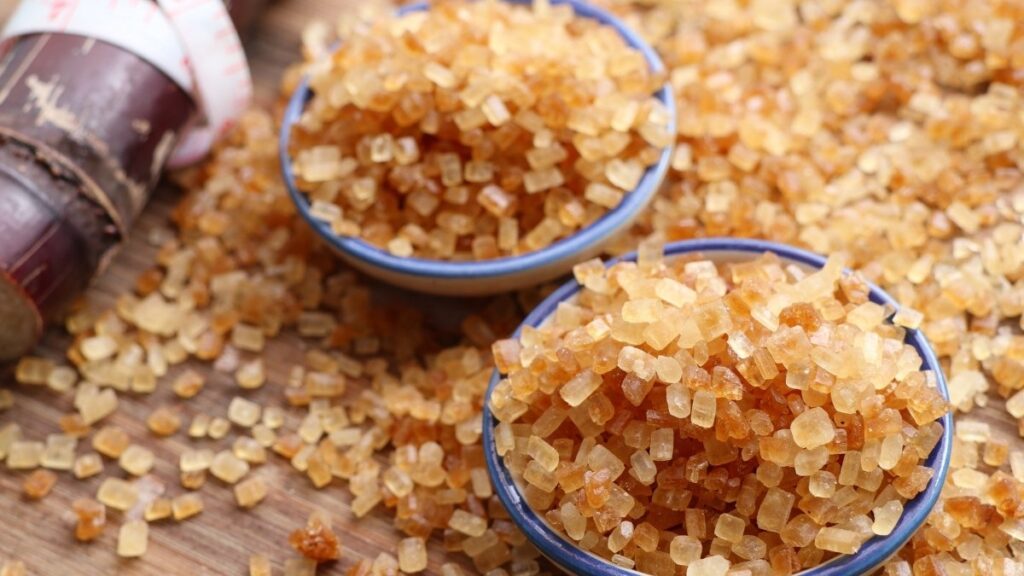
When combined with UC-II collagen, studies show improvements in mobility within just 4 weeks. The Natural Alternatives database rates it highly for osteoarthritis pain relief. This plant extract helps with pain and improves how well your joints move.
Research shows it can slow cartilage loss. That’s huge—most supplements just reduce pain. Boswellia might actually protect your joints from further damage.
Look for quality: You want standardized extracts with 65% boswellic acids. Lower concentrations won’t work as well. The 5-Loxin and AKBA-enriched forms show the best results in studies.
How Much to Take
For osteoarthritis: 100mg daily of high-quality extract. For rheumatoid arthritis: 1,200-3,600mg daily of standard extract. You can also take 500-1,500mg of dried root capsules three times daily.
The dose varies a lot based on the concentration and form you’re using. Check the label for standardization percentages.
Results come fairly fast: Some people see improvement in mobility within 4 weeks when combined with collagen. Full benefits take 8-12 weeks.
Safety Concern
Boswellia may stimulate your immune system. If you have rheumatoid arthritis or lupus (autoimmune conditions), be cautious. It might make these conditions worse by ramping up immune activity.
Talk to your doctor if you have any autoimmune disease.
Best for: Osteoarthritis pain and stiffness. People who want to protect cartilage from breaking down further. Those looking for faster results than glucosamine provides.
8. Hyaluronic Acid
Hyaluronic acid is a natural substance that lubricates your joints and helps cartilage hold water.
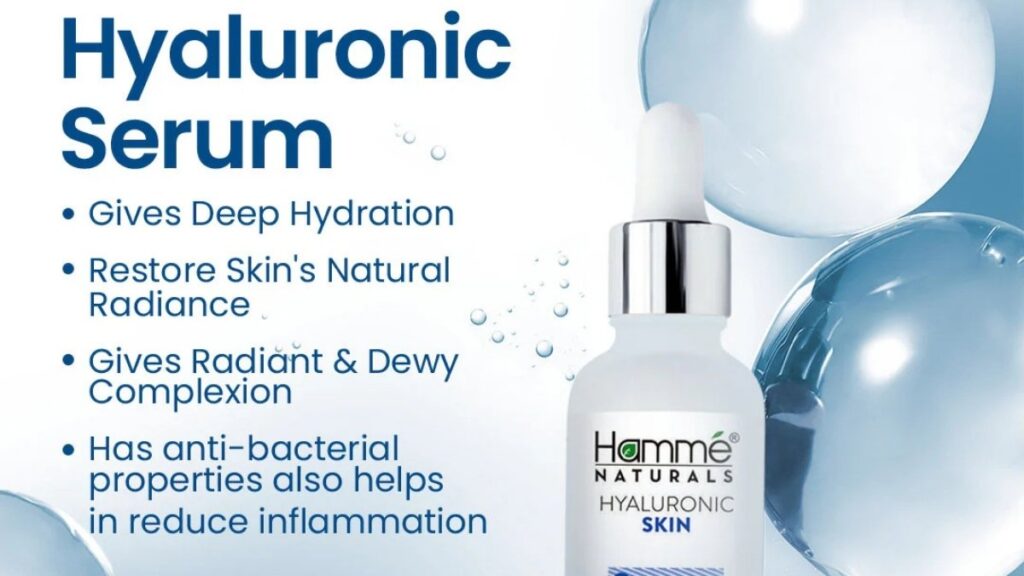
Think of it as the oil in your joints. Without enough, everything grinds and sticks. A 2020 clinical trial with 60 people found oral hyaluronic acid reduced pain and stiffness in 8 weeks. As you age, the hyaluronic acid in your joints breaks down from high molecular weight to low molecular weight, becoming less effective.
The research looks good: A 2021 trial combined hyaluronic acid with glucosamine and chondroitin. People with mild knee pain saw improvements. It may be especially helpful for severe knee osteoarthritis and people who are overweight.
Safety and Dosage
Safe at doses up to 200mg daily for 12 months. Most people take 50-200mg daily. You need 4-8 weeks to see results. This isn’t instant.
Interesting note: Injectable hyaluronic acid (shots in your knee) has mixed evidence. Oral supplements actually show more promise in recent studies. Pills work better than you’d think.
Who Needs This
People with moderate to severe osteoarthritis. Anyone whose joints feel like they need lubrication—creaky, grinding sensations. People who haven’t responded well to glucosamine alone.
Best for: Joint lubrication specifically. Works well for people who feel like their joints are “dry” or grinding.
9. SAM-e (S-Adenosyl-L-Methionine)
SAM-e is a natural compound that works as well as NSAIDs for osteoarthritis pain without the side effects.
It acts as both a painkiller and an anti-inflammatory. Some research suggests it may stimulate cartilage growth while also improving your mood. That’s a nice bonus if joint pain has been getting you down.
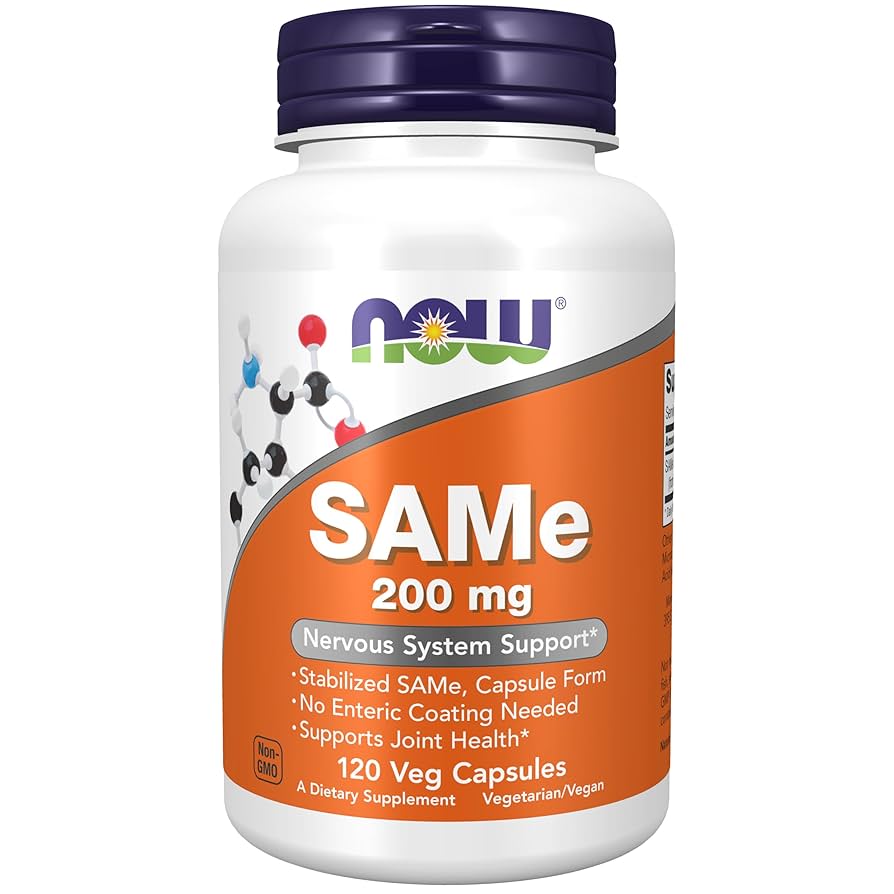
Strong evidence: A 2002 analysis of 14 studies showed SAM-e effectively reduces pain and improves mobility. A 2004 study found it equal to Celebrex. A 2009 study showed it compared well to nabumetone (another prescription pain reliever).
Two studies prove it relieves osteoarthritis symptoms as effectively as NSAIDs with fewer side effects.
Dosage and Timing
Take 400-1,600mg daily. Pair it with B-vitamins (B-12, B-6, and folate) for best results. SAM-e works with these vitamins to function properly. You might see results in 1 week to 1 month. That’s faster than glucosamine.
Form matters: Doctor’s Best makes a stable form that doesn’t break down before you swallow it. Some SAM-e supplements degrade quickly. Quality is critical here.
Who Should Try It
People who can’t tolerate NSAIDs because of stomach problems. Anyone who wants pain relief similar to prescription drugs without the prescription. People whose joint pain affects their mood.
Consider the cost: SAM-e tends to be more expensive than other supplements. But if it works as well as NSAIDs, it might save you money on prescriptions and doctor visits.
10. Vitamin D
Scientists studying rheumatoid arthritis found something interesting: people with the condition often lack vitamin D.
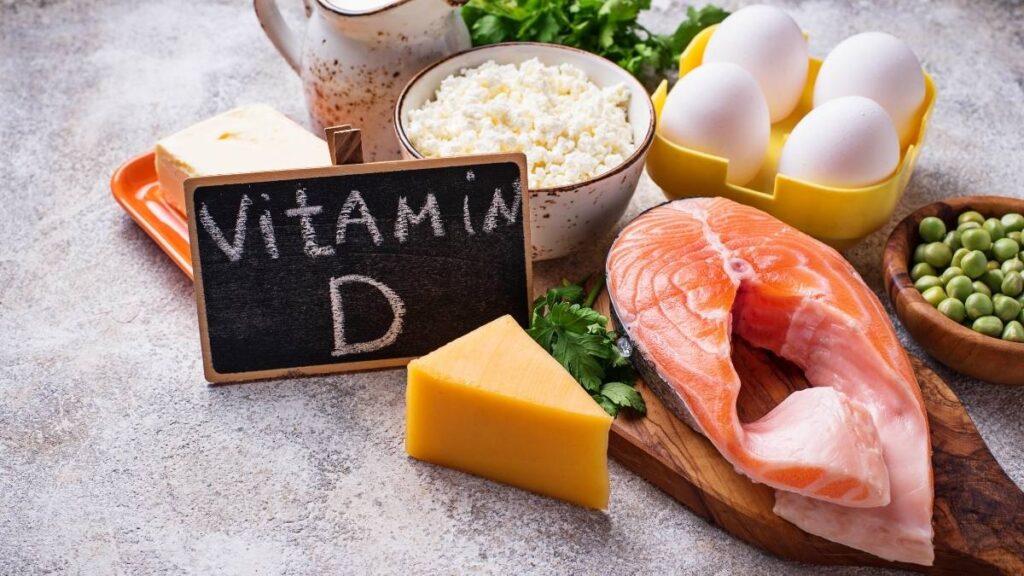
Low vitamin D levels may lead to chronic pain. Supplementation has shown decreased pain scores in some studies. A meta-analysis found vitamin D caused a significant decrease in pain and improved function. Many joint supplement formulas now include 2,000 IU of vitamin D for deficiency support.
Results are mixed overall. Vitamin D helps most if you’re actually deficient. If your levels are normal, adding more might not do much.
Testing First
Get your blood levels checked before you start taking vitamin D. If you’re low, supplements will help. If you’re normal, you might not notice much difference. The benefits are mainly for people with low vitamin D.
Take 1,000-2,000 IU daily. That’s a safe dose for most people. Don’t megadose without testing your levels first.
Combine it with calcium: Vitamin D helps your body absorb calcium, which supports bone health. Strong bones support your joints. They work together.
Who Needs It
People with confirmed vitamin D deficiency. Anyone with limited sun exposure (especially in winter). People whose arthritis treatment isn’t working well—low vitamin D might be part of the problem.
This is cheap insurance: Vitamin D is inexpensive and safe. Getting your levels checked is smart. If you’re low, fixing it might reduce your pain significantly.
11. Ginger Extract
Ginger has anti-inflammatory properties similar to ibuprofen and COX-2 inhibitors (prescription pain drugs).
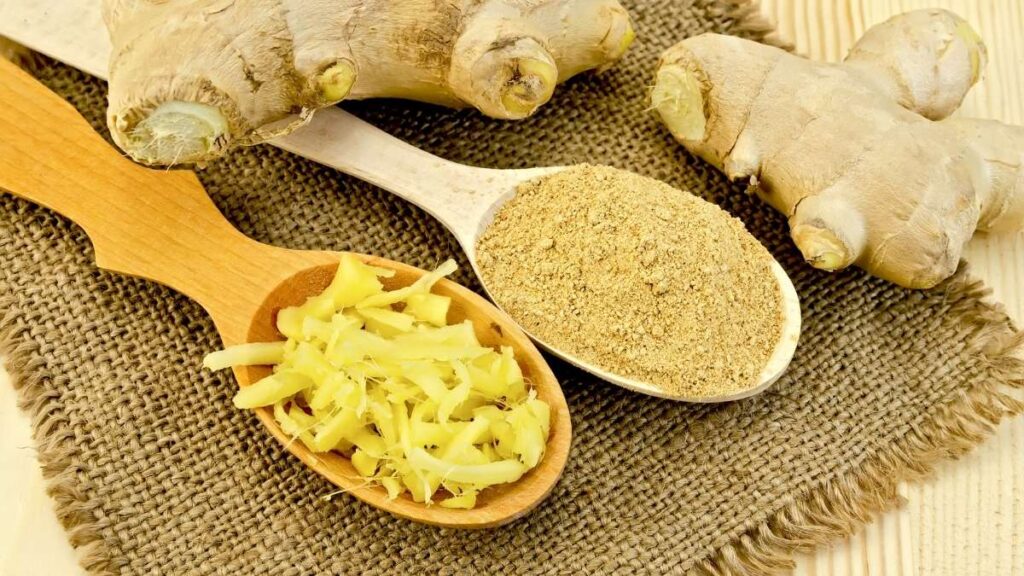
Multiple studies show it reduces pain as its primary benefit. It causes a significant decrease in inflammatory markers in your blood. This isn’t folk medicine—it’s backed by solid research.
The evidence: A specialized ginger extract reduced inflammatory reactions in rheumatoid arthritis as effectively as steroids. Taking the extract four times daily reduced knee osteoarthritis pain after 3 months. Three studies with 166 patients showed pain reduction compared to 164 control patients.
How to Take It
Use 250-500mg of standardized extract twice daily. If you want to use fresh ginger instead, take 1-2 grams daily. You can make tea with fresh ginger or add it to food.
Works even better with turmeric: These two together provide enhanced anti-inflammatory effects. Many formulas combine them for this reason.
Who Should Use It
People with arthritis who want a natural alternative to NSAIDs. Anyone with inflammatory joint pain. People who already respond well to ibuprofen but want to reduce their NSAID use.
Bonus benefit: Ginger also helps with nausea and digestion. If you have stomach issues from other supplements or medications, ginger might help with those too.
12. Bromelain
Bromelain is an enzyme from pineapple that reduces inflammation and pain.

Studies show it reduces pain, swelling, and stiffness as well as low-dose NSAIDs. It has chondroprotective effects, meaning it reduces cartilage breakdown. That’s protecting your joints, not just masking symptoms.
Impressive results: A study of 77 people showed 41% pain reduction at 200mg daily. At 400mg daily, pain dropped by 59%. It reduces soft tissue swelling, pain, and joint stiffness. The pain-relieving effect compares to NSAIDs but it’s easier on your stomach.
Dosage and Absorption
Take 200-500mg, 2-3 times daily. Here’s the key: take it on an empty stomach. If you take bromelain with food, your body uses it to digest the food instead of reducing inflammation. Empty stomach means 30 minutes before meals or 2 hours after.
This is crucial: Taking bromelain with food wastes most of its anti-inflammatory power. It becomes a digestive enzyme instead.
Best Use
Acute joint pain that just started. Post-injury inflammation—like if you twisted your knee or aggravated an old injury. Swelling that won’t go down.
Fast-acting: Unlike glucosamine, bromelain can provide relief within days to weeks rather than months. Good for short-term use while other supplements build up.
13. Avocado-Soybean Unsaponifiables (ASU)
ASU is a combination of avocado and soybean oils that protects the cells lining your joints.
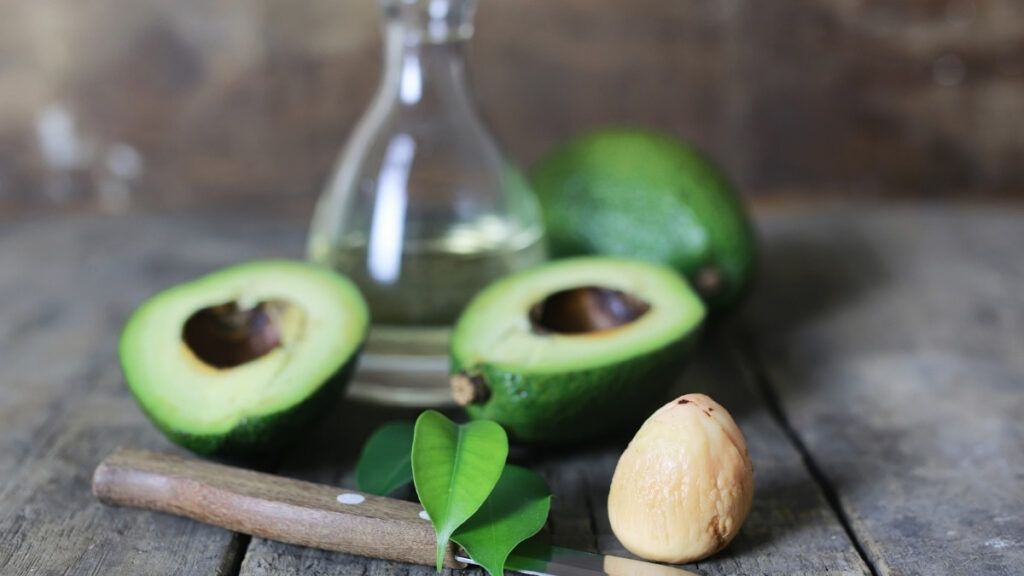
It blocks pro-inflammatory chemicals and prevents deterioration of synovial cells (the cells that produce joint fluid). It also promotes healthy connective tissue growth. A 2018 rat study found ASU lessened joint pain.
Human studies are strong: A three-year study showed ASU significantly reduced hip osteoarthritis progression compared to placebo. A meta-analysis found it improved hip and knee symptoms and reduced how many NSAIDs people needed. Studies point to its use specifically for end-stage osteoarthritis inflammation.
Dosage and Timeline
Take 300mg daily. This takes 2-3 months to show benefits. It’s a long game, not quick relief.
Hip osteoarthritis is the sweet spot: ASU works especially well for hip joints. If your hip hurts, this is worth trying. Knee osteoarthritis responds too, but hips show the best results.
Who Needs This
People with hip osteoarthritis specifically. Anyone with joint inflammation in later stages of osteoarthritis. People looking to reduce their NSAID use without losing effectiveness.
Why you haven’t heard of it: ASU isn’t marketed as heavily as glucosamine or turmeric. But the research is solid. It’s quietly effective.
14. Vitamin C
Vitamin C is essential for making collagen and maintaining cartilage.

Your body can’t build cartilage properly without it. It also has antioxidant properties that fight oxidative stress in your joints. Supplements often combine it with hyaluronic acid for enhanced effects.
Clinical support: Combined with collagen peptides and hyaluronic acid, vitamin C improved back pain outcomes. It supports overall joint structure. It’s an essential helper for tissue repair—think of it as the assistant that makes sure everything works properly.
Dosage
Take 500-1,000mg daily for joint health. In supplement combinations, as little as 80mg has shown effectiveness when paired with other ingredients.
You probably get some already: Many foods contain vitamin C. But if you’re taking collagen supplements, adding extra vitamin C helps your body use the collagen better.
Best Use
Part of a comprehensive joint formula rather than standalone. Supporting collagen supplements—always take vitamin C with collagen. Anyone focusing on cartilage repair and rebuilding.
This is cheap and safe: Vitamin C is inexpensive and has virtually no side effects at reasonable doses. If you’re taking collagen, there’s no reason not to add it.
15. Quercetin/Resveratrol/Green Tea Extract
These are powerful antioxidants with anti-inflammatory properties.
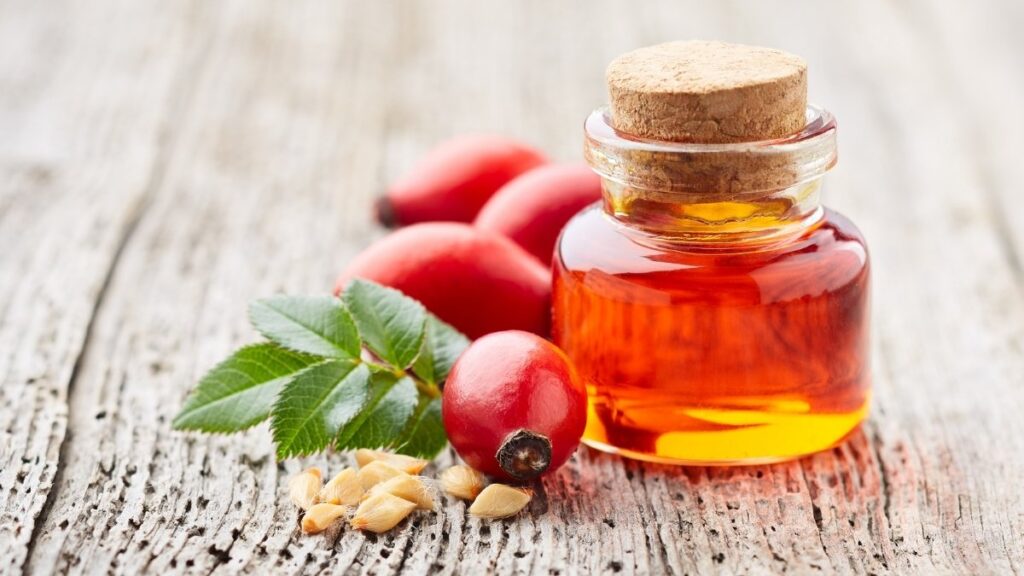
Green tea polyphenols specifically combat inflammation. These ingredients often show up in comprehensive joint formulas. They’re supporting players rather than stars, but they help.
Emerging evidence: Green tea extract may help lessen inflammatory arthritis symptoms. Resveratrol is included in multi-ingredient formulas for joint resilience. Research on polyphenols for joint health is growing.
Dosages
Quercetin: 500-1,000mg daily. Resveratrol: 100-500mg daily. Green tea extract: 300-400mg.
Best use: As a supporting ingredient in comprehensive formulas rather than standalone. They address oxidative stress, which contributes to joint damage over time.
Who Needs This
People with inflammatory arthritis. Anyone taking a comprehensive joint formula that includes these. People interested in the antioxidant benefits beyond just joint health.
Think of these as insurance: They might not dramatically reduce your pain by themselves. But they protect your joints from oxidative damage while other ingredients do the heavy lifting on pain and inflammation.
How to Choose the Right Joint Supplement for You
You’re standing in the supplement aisle staring at 40 different bottles. They all claim to work. Most of them don’t.

Here’s how to actually choose the right one.
Match the Supplement to Your Problem
Different joint problems need different solutions. Don’t just grab the first bottle you see.
Early osteoarthritis: Start with glucosamine plus chondroitin. These rebuild cartilage and slow damage. If you caught your joint problems early, these give you the best chance to prevent worse problems later.
Inflammatory pain: Turmeric plus omega-3s target inflammation directly. If your joints are hot, swollen, or painful when you’re not even using them, inflammation is your main enemy. Fight it with anti-inflammatory supplements.
Severe osteoarthritis: You need a comprehensive formula with multiple ingredients. One or two supplements won’t cut it anymore. Look for formulas that combine glucosamine, chondroitin, MSM, turmeric, and maybe collagen or hyaluronic acid.
Check for Quality Markers
Here’s how you separate good supplements from junk.
Third-party certifications matter most: Look for USP, NSF, or ConsumerLab seals on the label. These groups actually test what’s in the bottle. Without one of these, you’re trusting a company that has every reason to lie to you.

Transparent ingredient amounts: The label should list exactly how much of each ingredient is in every serving. If it says “Proprietary Joint Blend: 1,000mg” without breaking down the individual amounts, walk away. They’re hiding something.
Clinical dosing levels: Compare the amounts to the clinical doses listed earlier in this article. If the supplement contains 100mg of glucosamine when you need 1,500mg, it’s worthless. Math doesn’t lie.
Avoid proprietary blends: I can’t stress this enough. If they won’t tell you the exact amounts, they’re using amounts too small to work. No exceptions.
Consider Your Allergies
Some supplements will make you sick if you have certain allergies.
Shellfish allergies: Most glucosamine comes from shellfish shells. If you’re allergic, choose plant-based glucosamine. It exists. You just have to look for it specifically.
Pineapple allergies: Stay away from bromelain. It comes from pineapple and can trigger allergic reactions.
Soy allergies: Some formulations contain soy. Read the label carefully if soy is a problem for you.
Why this matters: An allergic reaction will hurt worse than your joints. And you won’t know which ingredient caused it if the formula has 15 different things in it.
Watch for Medication Interactions
Some supplements mess with medications you might be taking.
Turmeric and blood thinners: Turmeric naturally thins blood. If you take warfarin, Plavix, or other blood thinners, adding turmeric might make you bleed too easily. Talk to your doctor first.
Glucosamine and diabetes: Glucosamine may affect blood sugar levels. If you’re diabetic, monitor your blood sugar closely when you start taking it. You might need to adjust your diabetes medication.
Fish oil and blood thinners: Same issue as turmeric. Fish oil thins blood. Combining it with blood thinning medication requires medical supervision.
NSAIDs and everything: If you’re taking prescription pain medication, tell your doctor before adding supplements. Some combinations work great. Others cause problems.
What to Expect: Timeline and Results
You bought the supplement. You took it for three days. Nothing happened.
You’re wondering if you wasted your money. Here’s what to actually expect.
The Realistic Timeline
Week 1-2: You probably won’t notice anything. Maybe a tiny reduction in pain, maybe not. Don’t judge yet. Your joints didn’t break overnight. They won’t heal overnight either.
Week 4: Some formulas start showing improvement. Boswellia combined with collagen sometimes kicks in around 4 weeks. But most people still don’t feel much yet. Keep going.
Week 8-12: This is when the magic happens. Most products show their full effects between 8 and 12 weeks. Clinical studies measure results at this point because that’s when ingredients have rebuilt enough tissue to make a real difference.
Why it takes so long: You’re not masking pain. You’re rebuilding cartilage, reducing inflammation, and helping your body heal. That takes time.
What “Working” Actually Looks Like
Don’t expect your pain to disappear completely. That’s not realistic for most people. Here’s what success actually feels like.
Reduced morning stiffness: You wake up and your joints work better faster. Instead of needing 30 minutes to loosen up, maybe you need 10 minutes. That’s a win.
Less pain during activity: You can walk farther, climb more stairs, or play with your kids longer before your joints start hurting. The pain doesn’t disappear, but it takes longer to show up.
Improved range of motion: Your knee bends a bit farther. Your hand closes more completely. These small improvements add up to being able to do more things.
Better scores on pain scales: Clinical studies use WOMAC and VAS pain scores. These measure pain, stiffness, and physical function. When supplements work, these scores improve. It’s not dramatic—it’s gradual and steady.
The honest truth: Most people see a 20-40% improvement in pain. That’s significant. But it’s not a cure. You’re managing the problem, not eliminating it.
Why Some People See No Results
Supplements fail for specific reasons. It’s usually not because they don’t work.
Underdosed formulas: The most common reason. You’re taking 300mg of something that needs 1,500mg. It can’t possibly work. Check your doses against clinical amounts.
Not taken consistently: You took it for 3 weeks, forgot for a week, started again, then stopped when you didn’t see immediate results. Consistency matters. Set a daily alarm if you have to.
Wrong supplement for the condition: You’re taking glucosamine for inflammatory arthritis when you need anti-inflammatory supplements like turmeric and omega-3s. Match the supplement to your specific problem.
Unrealistic expectations: You expected zero pain in two weeks. When that didn’t happen, you quit. Joint supplements reduce pain—they don’t eliminate it. Set realistic goals.
Final Thoughts: Your Path to Better Joint Health
You made it through 15 supplements and a lot of information. Let’s bring it home.
The Top 5 With Strongest Evidence
If you remember nothing else, remember these:
- Glucosamine sulfate (1,500mg daily) – Most studied, works for early OA
- Turmeric with black pepper (500mg curcumin with piperine) – Strong anti-inflammatory
- Omega-3 fatty acids (1,000mg+ EPA/DHA) – Reduces inflammation
- Chondroitin sulfate (800-1,200mg) – Works with glucosamine
- Undenatured collagen type II (40mg UC-II) – Improves mobility
These have the research behind them. Start here.
Combined Approaches Work Best
Supplements aren’t magic pills. They work best alongside:
Weight management: Every extra pound puts more stress on your joints. Losing weight reduces pain. Period.
Exercise: Moving your joints keeps them healthy. Gentle exercise like walking, swimming, or tai chi helps. Being sedentary makes joints worse.
Proper nutrition: Your body needs building blocks to repair tissue. Protein, healthy fats, and vegetables matter. Supplements enhance nutrition—they don’t replace it.
Your Action Plan
Start with one or two supplements that match your specific problem. Don’t overwhelm your system with 15 new things at once.
Give them a full 8-12 weeks. Mark your calendar. Set a reminder. Don’t quit early.
Track your results honestly. What’s better? What’s the same? What’s worse?
If you see improvement but not enough, add one more supplement. If you see no improvement after 12 weeks, try a different combination.
Keep your doctor in the loop. Show them what you’re taking. Get their input. They might catch an interaction or problem you missed.
The Bottom Line
Your joints carried you this far. They’ve taken you to work, up stairs, through life. Now they hurt, and you’re looking for help.
Supplements can help. Not cure, not eliminate, but help. The right supplements at the right doses can reduce your pain, slow joint damage, and improve your mobility. That’s worth doing.
Don’t expect miracles. Expect gradual improvement over months. Expect to invest in quality products. Expect to be patient and consistent.
But also expect real results. Because when supplements are done right—with clinical doses, quality ingredients, and realistic expectations—they work for most people.
Your joints are worth the science-backed support they deserve.
Start today. Track your progress. Give it time. Your future self will thank you.


